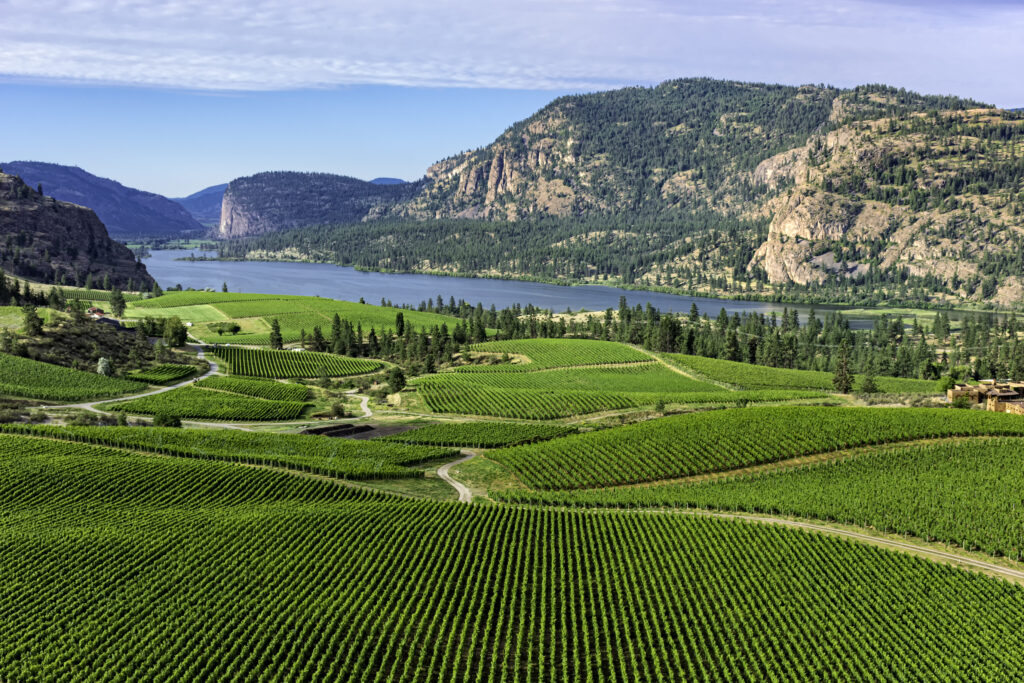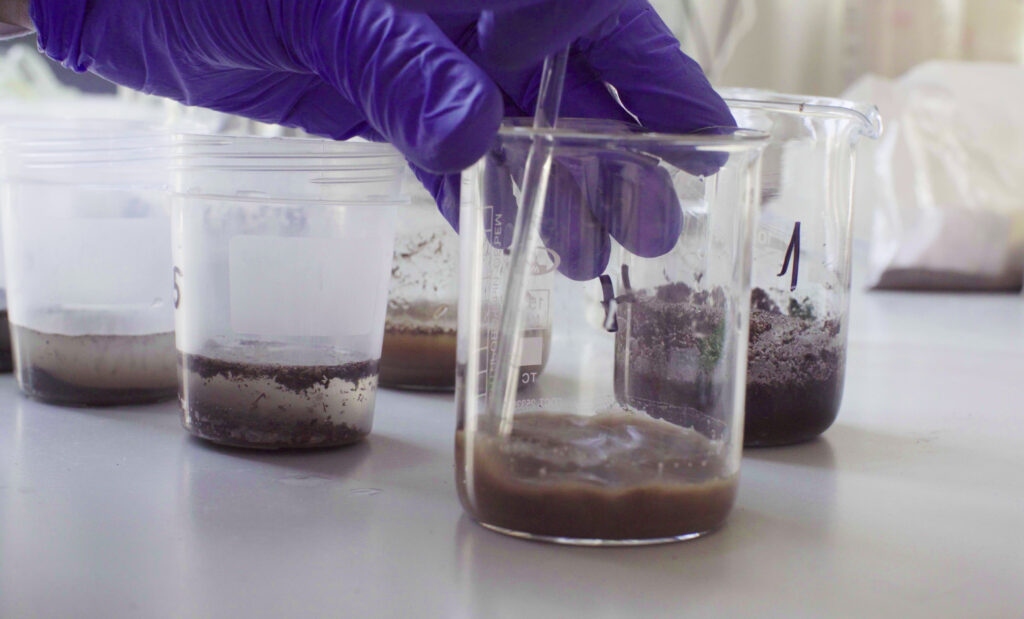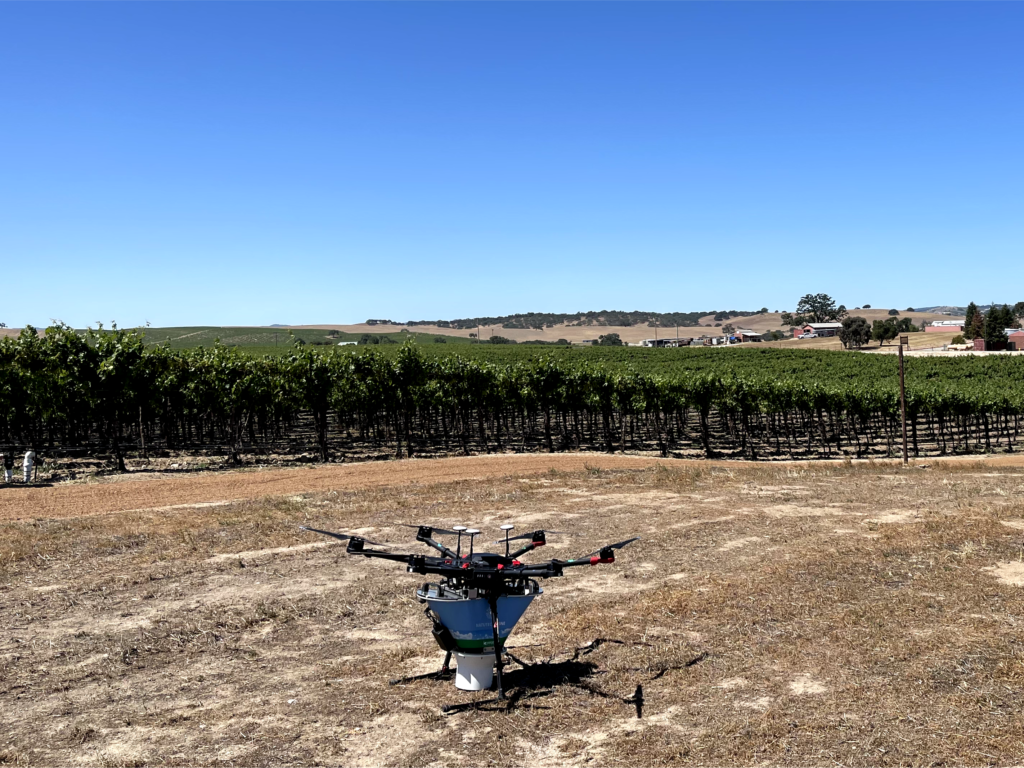
By: Alyssa L. Ochs
Discussions about pest control in the vineyard often revolve around small insects that eat away at plants, but there are much larger animals that cause damage among the rows as well. Instead of chemical deterrents commonly used for small pests, wildlife control in the vineyard is often best pursued through fencing, traps, nets and certain plants that naturally deter problematic animals.
In this article, industry experts from companies specializing in vineyard wildlife control weigh in on the best ways to keep animals away from your precious grapevines this spring season.
Vineyard Wildlife Problems and Solutions
Many animals can create problems for vineyard owners, including deer, gophers, rabbits and mice. Other animals that commonly find their way to grapevines are voles, foxes, woodchucks and raccoons. However, one of the most significant wildlife issues affecting vineyards today is birds.
Sutton Agricultural Enterprises is a Salinas, California-based company and pioneer in pest bird control and precision seed planting. Sutton is also a source for transplanters, harvesters, mulchers and custom farm equipment.
Bob Sutton, General Manager at Sutton Agricultural, told The Grapevine Magazine that one of the keys to an effective wildlife control program is variety.
“Using a single style of bird control will help achieve a level of control,” Sutton said. “Using two, three or four different methods will help the vineyard manager get to higher and higher levels of control.”
Avian Enterprises also specializes in bird control and serves numerous industries, including agriculture, dairy barns, commercial, residential and airports. Based in Sylvan Lake, Michigan, it offers three bird repellent products to protect crops from pest birds.
“Birds can be incredibly destructive to grape growing. From pecking holes to eating the grapes outright, grape-growers are constantly in battle with the birds. If mitigation measures aren’t taken early enough, the grape-grower runs a real risk of losing a significant portion of the grapes,” Avian’s President, Jon Stone, told The Grapevine Magazine,
Established as a livestock fencing installation company in 1984, Trident Enterprises has a warehouse in Waynesboro, Pennsylvania, stocked with high-quality fence materials for various industries. Trident’s Chris Shriver said that his company’s two best products for wildlife control for vineyards are an eight-foot-tall, PVC-coated welded wire fence with two-inch by four-inch mesh openings and a metal eight-foot fixed knot fence.
“These products provide protection from any animal that wants to get in and snack on grapes, leaves and other crops,” Shriver said. “They are nearly invisible from past 20 feet, so you can maintain the natural look of your vineyard.”
Effective Wildlife Control Strategies
Depending on a vineyard’s location and the types of wildlife in the area, fencing, traps, netting and certain plants can be placed around the grapes. Sutton said that some of the most commonly used bird control products are visual, such as reflective tape, decoy birds of prey and eye spot balloons. Sonic products include Zon propane cannons and pyrotechnics, while exclusion products are netting and spikes.
“Each of the available bird-scaring classes, visual, sonic and exclusion, can be used together and separately to achieve a different effect and can also be used in different ways throughout the vineyard,” Sutton said. “An example of this is an area where power lines cross a portion of the vineyard. Zon propane cannons can be positioned to reduce damage in that specific area. Likewise, a hillside with mammals and bird habitats can also be the focus of a specific control. Bird control products are only a part of a program. The way they are managed is the other.”
However, there are pros and cons to the various wildlife control strategies used in vineyards today. Any bird and wildlife control situation depends on balancing the damage, or potential damage, with cost. A vineyard could experience a 5% to 40% loss of fruit if no controls are put into place.
“Knowing the history of the vineyard, weather conditions, and the overall environment of the vineyard are all factors that contribute to the amount of loss that will be incurred,” Sutton said. “The lower the expected loss, the lower the input cost. Visual bird control, at the low-cost end, may be enough to minimize damage. If history shows damage can be very high for a particular vineyard, the other end of the cost scale is netting, which can run as high as $800 per acre.”
“We like to tell our customers that when it comes to protecting against the birds, every tool in your toolbox is the way to go,” said Stone from Avian. “That said, there are some strategies that work temporarily and then don’t seem to affect the birds going forward. Avian Control Bird Repellent, fortunately, is a product that birds cannot get used to; they can’t acclimate to it. It’s a constant annoyance for them, and if used early enough, it can ‘convince’ the whole flock to stay away for the season. The key is to start spraying it early before the ‘scout’ birds arrive.”
Shriver from Trident Enterprises said that, in general, the pros of his company’s fencing are that it keeps deer and other animals out without compromising the look of the field.
“Our fences are also harmless to animals, unlike how trapping and netting can sometimes be,” Shriver said. “There is nowhere for the animals to get caught or trapped, so it makes it a perfect wildlife deterrent for vineyards.”
In addition to these control strategies, some vineyards experiment with placing certain plants around grapes to deter pest mammals and birds. For example, planting marigolds at the ends of grapevine rows deters rabbits. As a general rule, plants with a strong scent help discourage wildlife, including herbs used for cooking like sage, rosemary and oregano. Meanwhile, remove plants that pest animals love, such as tulips, lilies and azaleas.
Shriver said that there are a lot of different plants you can use to deter deer, in particular.
“You can plant lamb’s ear, marigolds, rosemary, asparagus, mint, fountain grass, lavender, sage, basil, lily of the valley and even sunflowers,” Shriver said. “Anything with spikey or fuzzy leaves will discourage deer. All of these options will help keep deer out and add a splash of color to any space.”
Wildlife Tips for the Spring Season
When it comes to wildlife control, spring is unique because it is nesting season and the most likely time for pest birds, rodents and other wildlife to take up residence in and around a vineyard.
“Migratory birds come and go, but birds who live in a particular area will need to find food and water sources throughout the year,” said Sutton. “Discouraging them in the spring may reduce populations in the area when the grapes become a target for a food source. Owl boxes are also a good example of a way to help control the gopher population year-round.”
Shriver told The Grapevine Magazine about the importance of fortifying protection in the spring.
“Everything is starting to bloom, which means more things for animals to eat,” Shriver said. “The best tip is to get some wildlife fencing. This is the most surefire way to protect a vineyard from the very hungry animals that are more active once the weather starts getting warmer. If you already have some sort of wildlife protection, it is important to make sure it is still secure by checking for holes and weak points and reinforcing anything that needs it.”
When it comes to spraying, Stone recommends waiting a little longer.
“Because the birds only seem to want the grapes around just the time before verasion, we recommend only using Avian Control Bird Repellent at that time or just before,” said Stone. “It doesn’t make sense from a strategic standpoint to spray any earlier.”
Using some of these helpful tips, vineyards around the country can better handle their wildlife pest problems and enjoy more thriving grapes this season. Every wine-growing region is unique when it comes to wildlife protection. Fortunately, there are products and strategies available today to address potential issues before substantial damage occurs.













